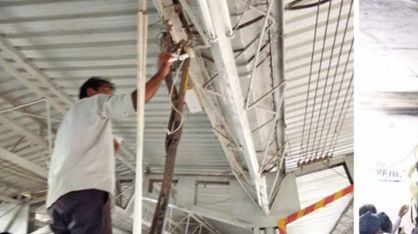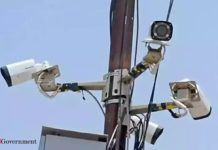In response to an ongoing threat of terrorism and amid the need to monitor potential anti-social activities, the Mumbai police have initiated a comprehensive effort to enhance surveillance across critical landing points. Over the past month, police have strategically deployed a substantial number of high-resolution CCTV cameras to cover key locations. The plan is to install 5,837 CCTV cameras by year-end.
Mumbai, India’s financial capital, boasts a vast network of landing points. It is estimated that there are over 100 such sites throughout the city. To effectively manage and oversee the surveillance infrastructure, local police stations and the central police control room have taken up 24×7 monitoring.
Sources within the police department said that this deployment marks the second phase of the CCTV camera installation initiative. The initial phase was undertaken in 2016 during the tenure of the then chief minister Devendra Fadnavis. At the time, the project was conceived as an ambitious step to fortify the city’s security in the aftermath of the 26/11 terror attacks. In the current phase, the city police plan to install an additional 5,837 cameras in 2,300 locations, supplementing the existing 5,260 cameras at 1,500 locations. These cameras are managed in collaboration with L&T, which provides services to the Mumbai police under government contracts.
The decision to bolster security through enhanced surveillance follows a 2016 survey conducted by the Indian Navy, which covered the 800-kilometre coastline of Mumbai, Palghar, Thane, and Raigad. The survey identified sensitive landing points, prompting the state government to take proactive measures to strengthen coastal security.
“Mumbai police’s commitment to expanding the surveillance network underscores its dedication to ensure the safety and security of one of India’s most prominent cities. This initiative is poised to significantly enhance the ability to detect and respond to any security threats that may arise at these crucial landing points,” said Satyanarayan Chaudhary, joint commissioner (law and order). “The additional cameras will help detect crime and monitor the traffic. Today, most of the cases are solved with the help of CCTV cameras. This will help improve detection rates further,” a Crime Branch officer said.








